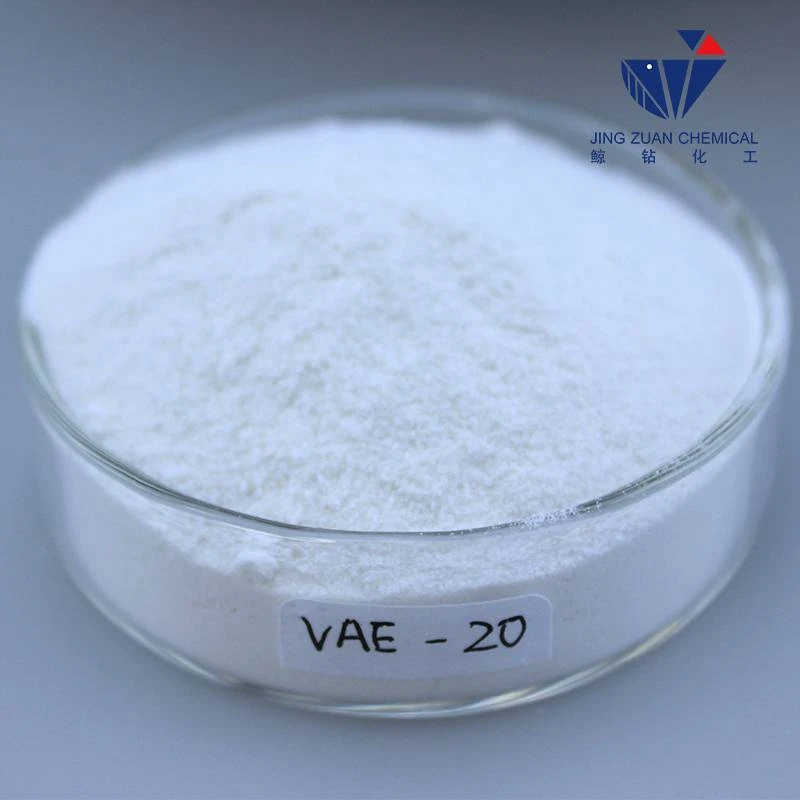
नोव्हेंबर . 01, 2024 01:54 Back to list
Hydroxypropyl Methyl Cellulose Classification and Applications in Industry and Research
Hydroxypropyl Methyl Cellulose An Overview and Its HS Code
Hydroxypropyl methyl cellulose (HPMC) is a widely used cellulose ether that plays a vital role in various industries, including pharmaceuticals, food, cosmetics, and construction. This versatile compound is synthesized by modifying natural cellulose with propylene oxide and methyl chloride, resulting in a product that boasts excellent water solubility, thickening, and emulsifying properties.
In the pharmaceutical industry, HPMC is primarily utilized as a binding agent in tablet formulations, helping to enhance the effectiveness of active ingredients while ensuring proper consistency in dosages. Its ability to form films is also advantageous for controlled-release applications, making medications more effective over time. Additionally, HPMC is employed in solutions for eye drops and as a stabilizer in various liquid preparations due to its non-toxic nature and compatibility with other pharmaceutical excipients.
In the food sector, hydroxypropyl methyl cellulose serves as a food additive, commonly designated as E464. It acts as a thickener, stabilizer, and emulsifier, particularly in products like sauces, dressings, and dairy items. HPMC also plays a significant role in gluten-free baking, where it helps mimic the texture and chewiness typically provided by gluten, thus improving the quality of gluten-free products.
hydroxypropyl methyl cellulose hs code

The beauty and personal care industry heavily relies on HPMC in cosmetic formulations, including creams, lotions, and gels. Its thickening properties make it ideal for achieving desired textures, while its ability to create a film can enhance product performance on the skin's surface. Additionally, HPMC is often included in hair care products for its ability to provide a pleasant feel and improve manageability.
In the construction industry, HPMC is used as an additive in mortars and plasters. It improves workability, water retention, and adhesion, thus contributing to the durability and longevity of construction materials. As the construction sector continues to innovate with sustainable materials, HPMC is emerging as a key ingredient in green building practices.
The Harmonized System (HS) code for hydroxypropyl methyl cellulose is critical for international trade and regulatory purposes. It allows for the classification of goods and facilitates their movement across borders. Proper identification of HPMC's HS code, typically under the category of other cellulose derivatives, ensures compliance with import and export regulations, making it easier for manufacturers and consumers to navigate the global market.
In summary, hydroxypropyl methyl cellulose is a multifunctional compound with diverse applications across various fields. Its unique properties make it an essential ingredient, while the proper understanding of its HS code aids in efficient global trade.
-
Versatile Hpmc Uses in Different Industries
NewsJun.19,2025
-
Redispersible Powder's Role in Enhancing Durability of Construction Products
NewsJun.19,2025
-
Hydroxyethyl Cellulose Applications Driving Green Industrial Processes
NewsJun.19,2025
-
Exploring Different Redispersible Polymer Powder
NewsJun.19,2025
-
Choosing the Right Mortar Bonding Agent
NewsJun.19,2025
-
Applications and Significance of China Hpmc in Modern Industries
NewsJun.19,2025







